The rainforest, a vast and intricate natural wonder, covers only a fraction of the Earth’s surface yet is home to more than half of the world’s plant and animal species. These dense forests, characterized by high rainfall, are not only crucial for their biodiversity but also play a pivotal role in global climate regulation and the oxygen cycle. They serve as a treasure trove of undiscovered species and a haven for endemic wildlife. The importance of these natural environments extends far beyond their boundaries, influencing weather patterns and supporting diverse indigenous cultures. This article takes a deep dive into the wonders of the rainforest.
Contents
The Diversity of Rainforest Flora
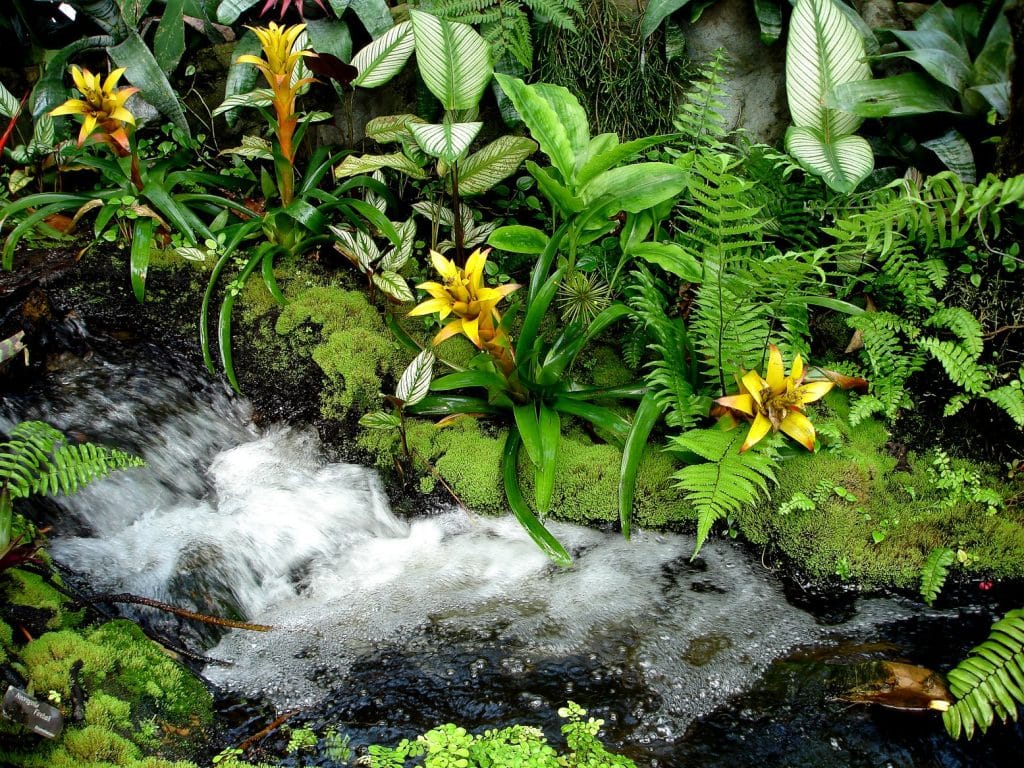
Rainforests are a botanical paradise, showcasing an astonishing diversity of plant life. They are the proud possessors of a significant portion of the world’s vegetation varieties, many of which are found nowhere else on Earth. From towering trees like the mighty Kapok to the tiniest of orchids, each species plays a crucial role in the forest canopy’s layered structure. These plants are not just visually stunning but are key to the ecosystem, providing habitat and food for numerous animals.
The rainforest’s flora is characterized by its adaptation to the unique climatic conditions. Epiphytes, such as bromeliads and ferns, thrive in the moist, shaded understory, while giant ferns and various types of fungi flourish on the forest floor. This rich plant biodiversity is essential for the ecological balance, offering everything from nourishment to shelter for the forest’s inhabitants.
Fauna: The Animal Kingdom of the Rainforest
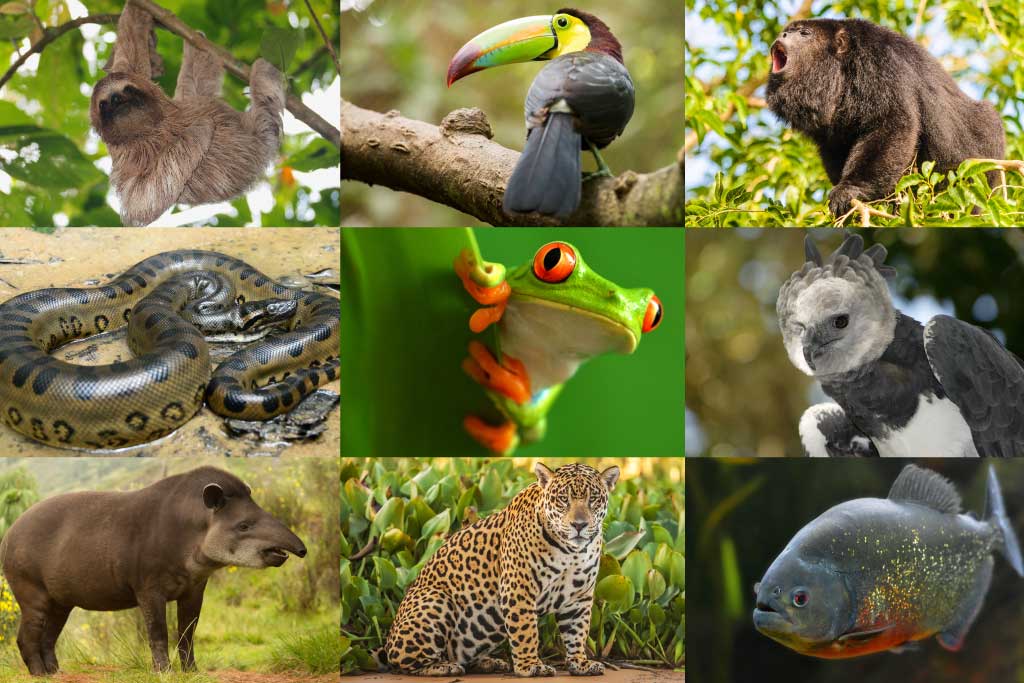
The animal kingdom within rainforests is as varied as it is fascinating. These forests teem with life, from the tiniest insects to the majestic jaguars. Birds with vibrant plumage, like toucans and parrots, add splashes of color to the green expanse, while primates, such as gorillas and orangutans, showcase the intelligence and agility of rainforest fauna. This rich variety of animals is not just a testament to the biodiversity of these ecosystems but also highlights their role as natural habitats for numerous endangered species.
Each animal in the rainforest has adapted to its environment in remarkable ways. Frogs with translucent skin, insects that perfectly mimic leaves and twigs, and big cats adept in stealth are just a few examples of this incredible adaptation. These adaptations are crucial for their survival, aiding in hunting, evading predators, or navigating the dense forest terrain. The interplay of these diverse species underlines the complexity and fragility of rainforest ecosystems.
Rainforest Ecosystems and Their Interconnectedness
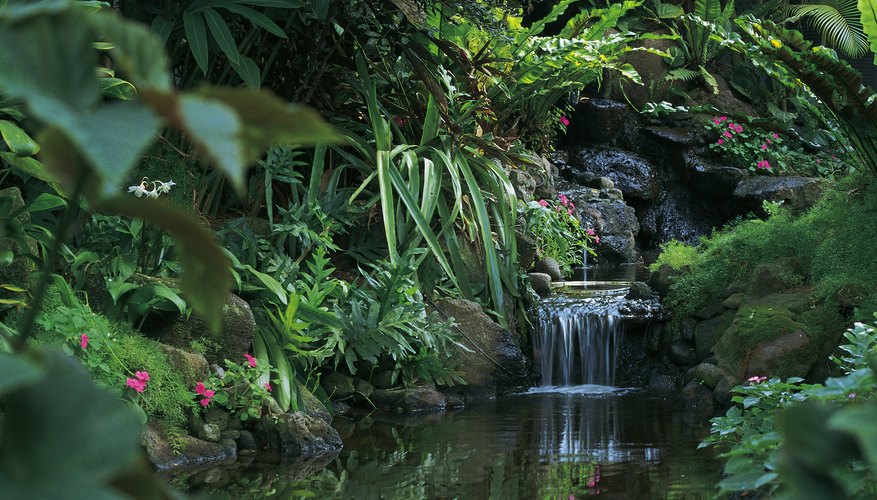
Rainforest ecosystems are a marvel of nature’s interconnectedness, where every organism plays a specific role in maintaining ecological balance. The food chain in these forests is a complex web that links the smallest of insects to the top predators. Trees and plants, forming the base of this web, provide food and shelter to numerous species, while insects and smaller mammals form the middle links, serving as both predators and prey.
This interdependence is exemplified in the pollination of plants by birds and insects and the dispersal of seeds by frugivorous animals. Such symbiotic relationships are vital for the survival of many species and the regeneration of the forest itself. The nutrient cycle, a critical aspect of these ecosystems, relies heavily on the decomposition of organic matter, which replenishes the soil and supports new plant growth. This cycle is a testament to the rainforest’s self-sustaining nature and its resilience.
The Climatic Influence of Rainforests
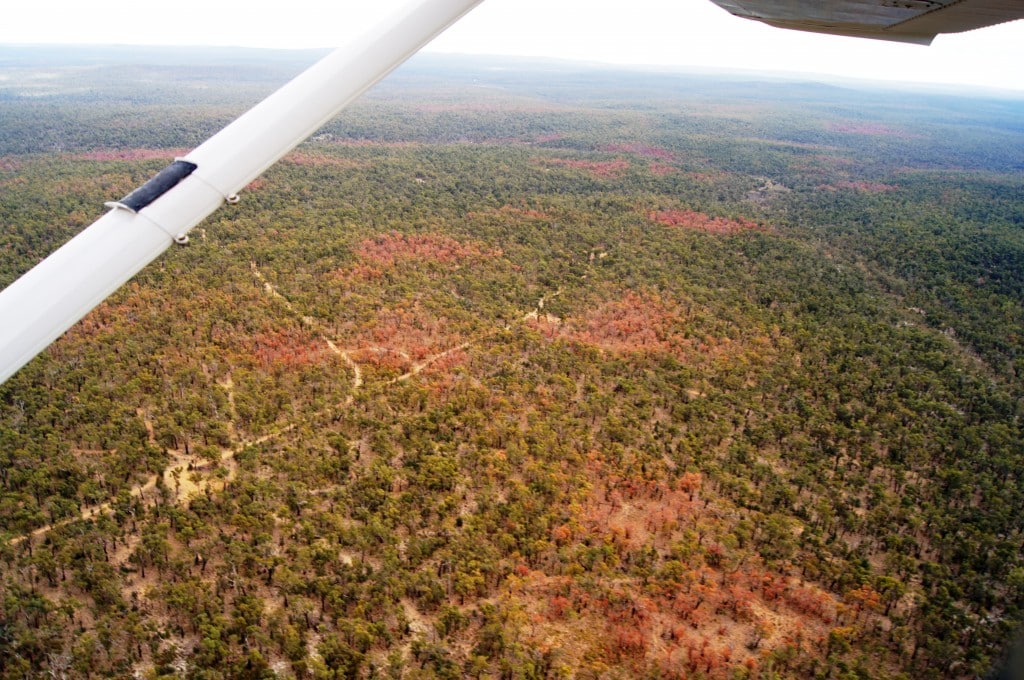
Rainforests exert a profound influence on the world’s climate. They are pivotal in the global carbon cycle, acting as massive carbon sinks. Through photosynthesis, rainforest trees and plants absorb a significant amount of carbon dioxide, a greenhouse gas, thus playing a crucial role in mitigating climate change. Moreover, these forests are responsible for producing large amounts of the world’s oxygen, making them indispensable for life on Earth.
The impact of rainforests on weather patterns and precipitation is equally significant. They contribute to the formation of rain clouds, thereby influencing rainfall distribution both locally and globally. The evapotranspiration process in these forests releases water vapor into the atmosphere, which then condenses into clouds. This cycle not only sustains the rainforests themselves but also affects agricultural patterns and water availability in distant regions, demonstrating the far-reaching impact of these ecological powerhouses on the global climate system.
Indigenous Cultures of the Rainforest
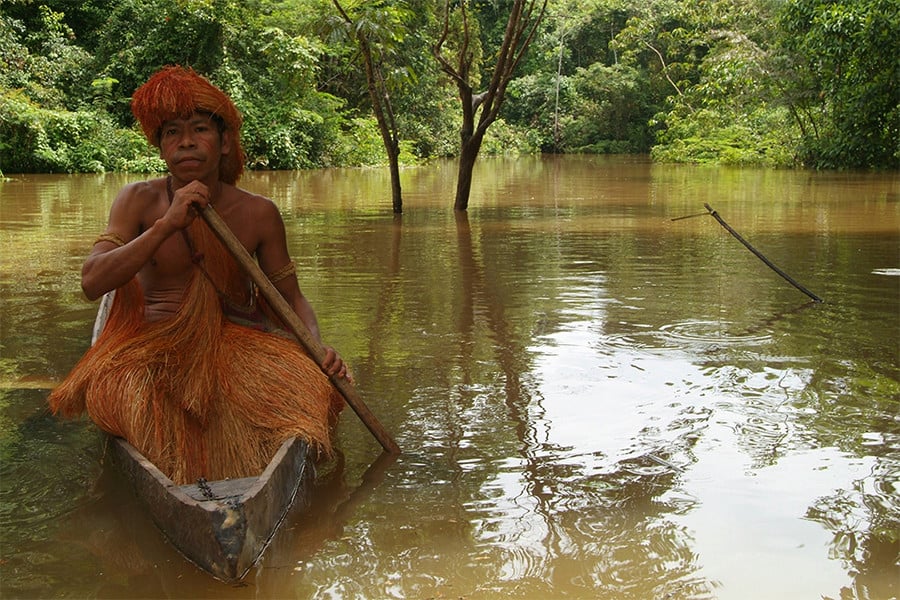
The rainforests are not just a repository of flora and fauna but also a cradle for diverse indigenous cultures, each with its unique traditions and lifestyles. These communities have thrived in harmony with the dense forests for thousands of years, developing an intimate understanding and respect for their environment. Their ways of life, deeply rooted in the forest’s rhythms, showcase a sustainable model of living. These cultures possess an extensive knowledge of medicinal plants, wildlife, and natural cycles, which have been passed down through generations.
However, the existence of these indigenous communities is under threat due to external pressures like deforestation and modernization. As their traditional territories shrink, so does their cultural heritage. The loss of these cultures would mean the loss of centuries of accumulated knowledge about the rainforest ecosystem. Recognizing and respecting their rights and knowledge is not only a matter of cultural preservation but also crucial for the conservation of rainforests.
Conservation Challenges
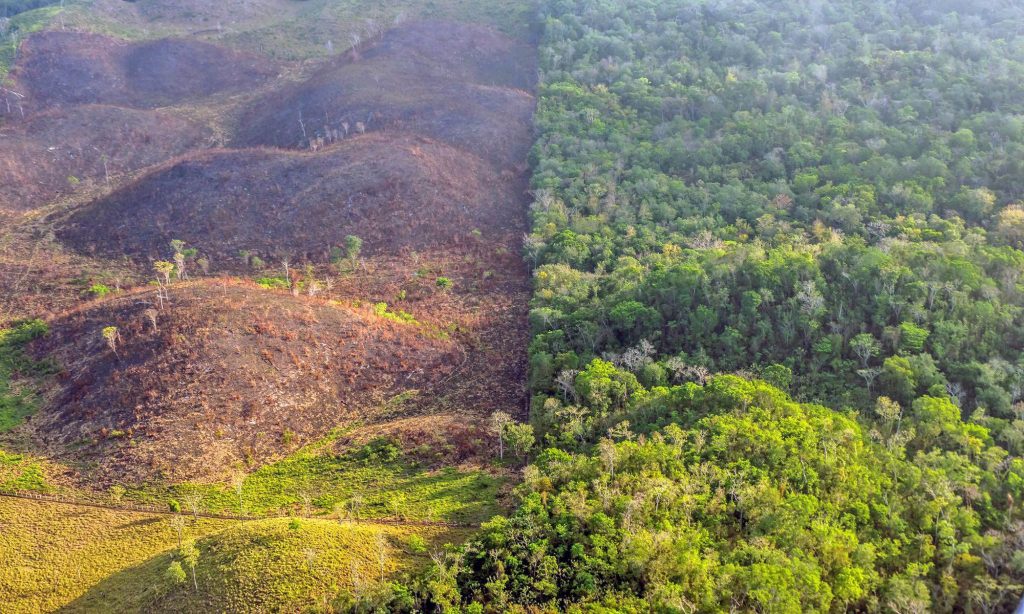
The conservation of rainforests is fraught with challenges, the most significant being deforestation. Driven by logging, agriculture, and urban expansion, the destruction of these forests is happening at an alarming rate. This loss not only diminishes biodiversity but also has profound effects on the global climate. Additionally, the illegal wildlife trade poses a severe threat to numerous species, pushing them toward extinction and disrupting the ecological balance.
Another challenge is the lack of awareness and involvement among local and global communities. Effective conservation requires a multi-faceted approach involving sustainable practices, education, and policy changes. Balancing the economic needs of the local population with conservation efforts is also crucial. Collaborative efforts between governments, NGOs, and indigenous communities are essential to develop and implement strategies that protect these natural habitats while also respecting the rights and needs of the local populations.
The Future of Rainforests: Hopes and Fears
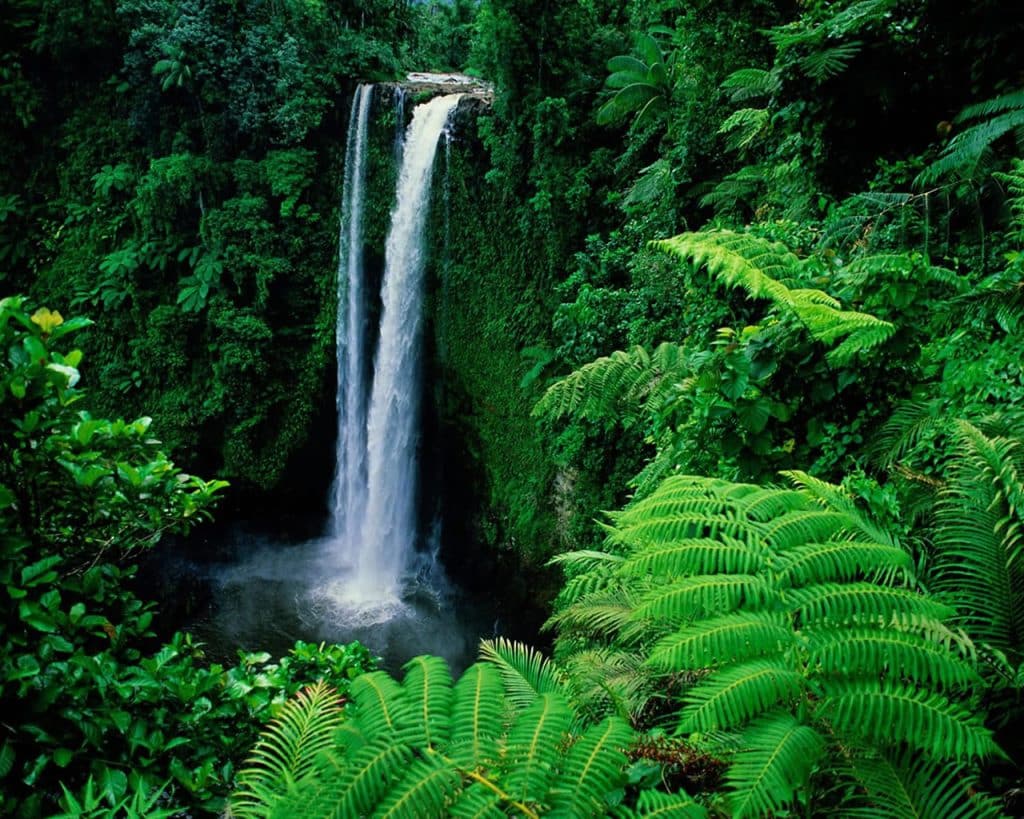
The future of rainforests hinges on the actions taken today. Current trends paint a bleak picture, with deforestation and climate change posing serious threats. If these trends continue, the world may witness a significant loss of biodiversity and a decline in the ecological services these forests provide. The potential disappearance of rainforests is not just an environmental issue but a global crisis that could affect climate patterns, agriculture, and water resources worldwide.
However, there is hope. Increasing awareness of environmental issues and a growing commitment to sustainable practices offer a positive outlook. Efforts in reforestation, sustainable agriculture, and the implementation of stricter conservation laws are gaining momentum. The role of technology in monitoring and protecting these forests is also significant. The collective efforts of governments, environmental organizations, and individuals could steer the future of rainforests towards a more optimistic path, ensuring their preservation for future generations.
Responsible Tourism in Rainforests

Tourism in rainforests presents both opportunities and challenges. When managed responsibly, it can contribute to conservation efforts and provide economic benefits to local communities. Eco-tourism, focusing on sustainability and environmental education, can raise awareness about the importance of rainforests and generate funds for conservation projects. Visitors gain a deeper understanding and appreciation of these ecosystems, fostering a global community invested in their preservation.
However, unregulated tourism can have detrimental effects, including habitat destruction, wildlife disturbance, and cultural disruption. Overcrowding and the construction of tourist facilities can lead to environmental degradation. It’s essential to establish and enforce strict guidelines for tourism in these sensitive areas. By prioritizing the health of the ecosystem and the well-being of local communities, responsible tourism can be a powerful tool in the conservation of rainforests, ensuring that they continue to thrive for generations to come.
Join The Effort To Preserve The Rainforests
The wonders of the rainforest are an irreplaceable treasure, vital not only for their intrinsic natural beauty but also for the global environment and diverse cultures they support. The responsibility of safeguarding these ecological marvels lies with everyone. By educating yourself, advocating for sustainable practices, and supporting conservation efforts, you can make a tangible difference. Let this exploration of rainforests be a starting point for action. You have the power to influence the future of these lush green sanctuaries, ensuring they continue to thrive for generations to come.